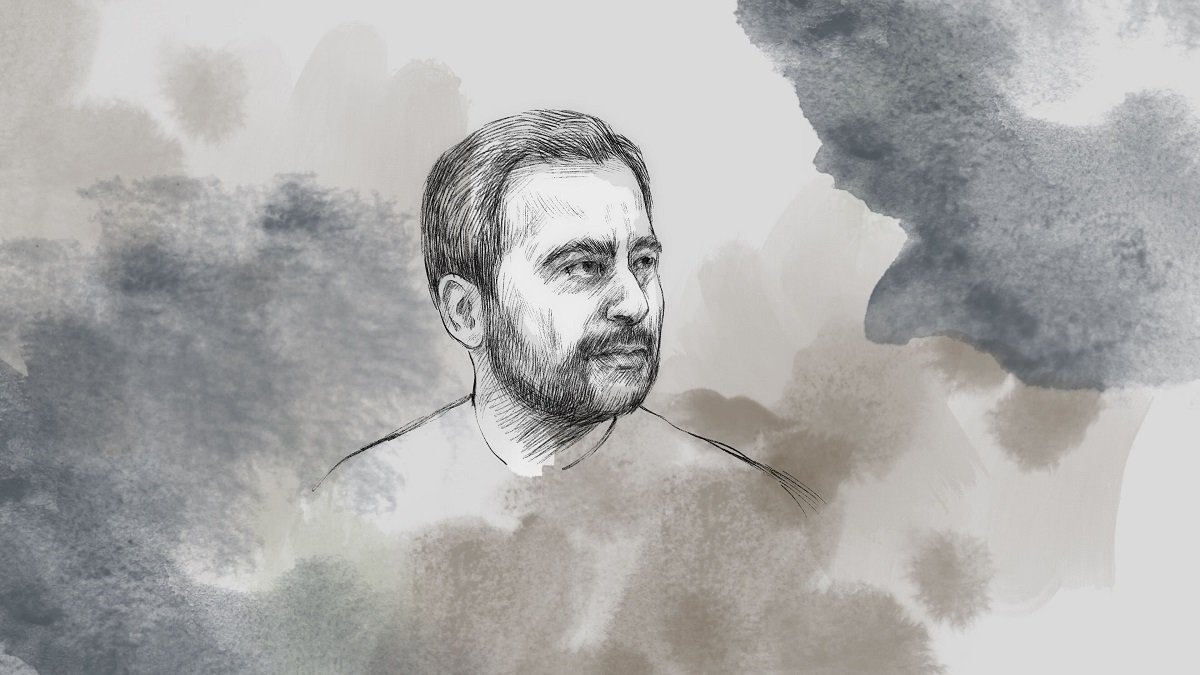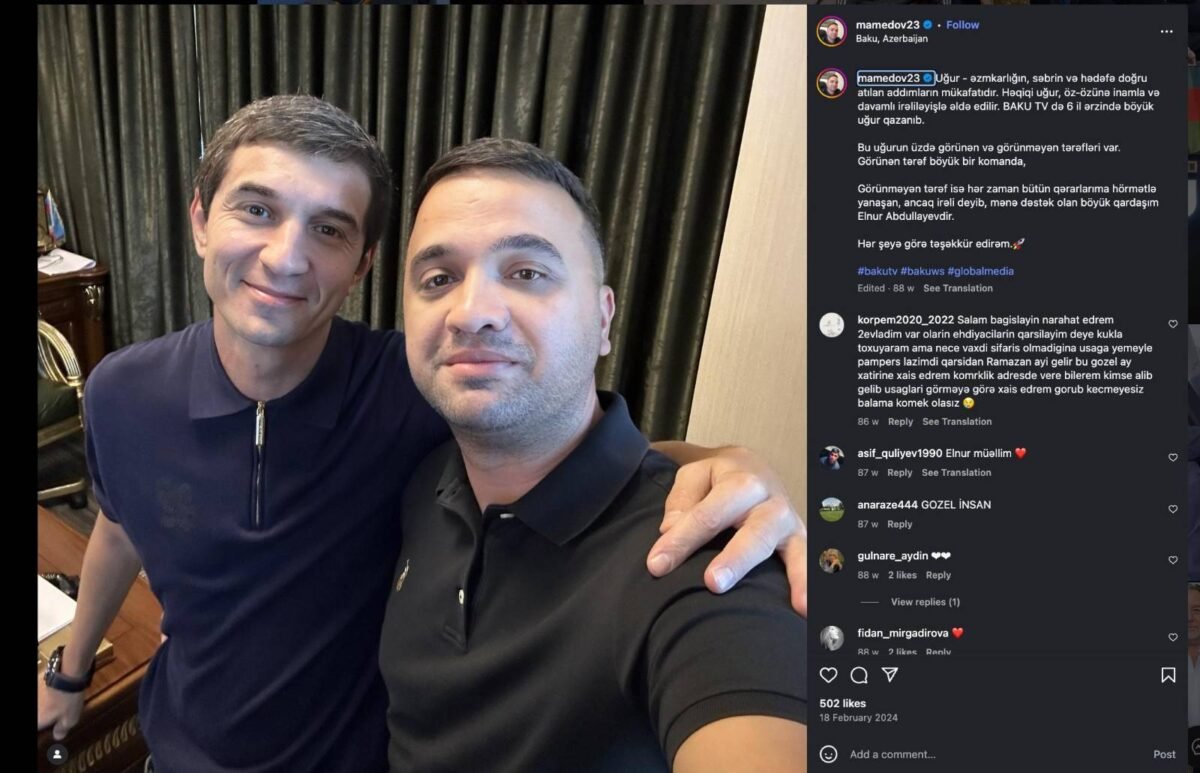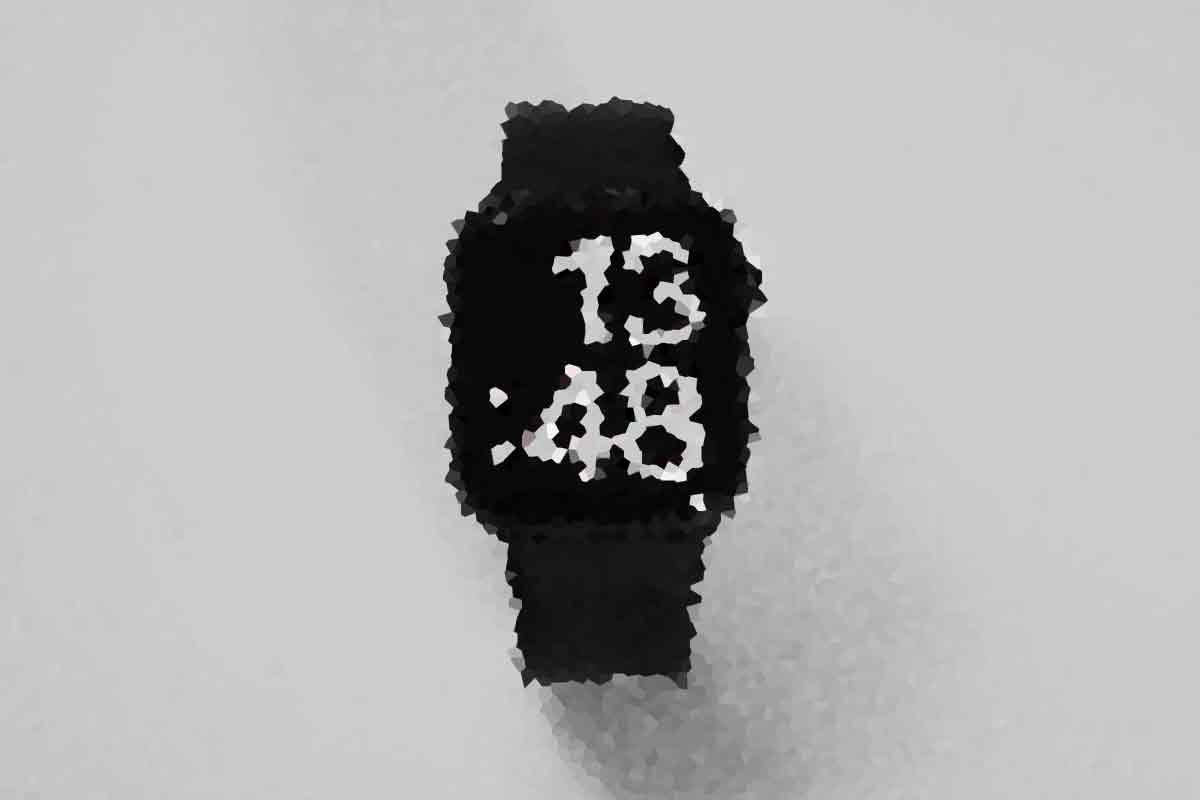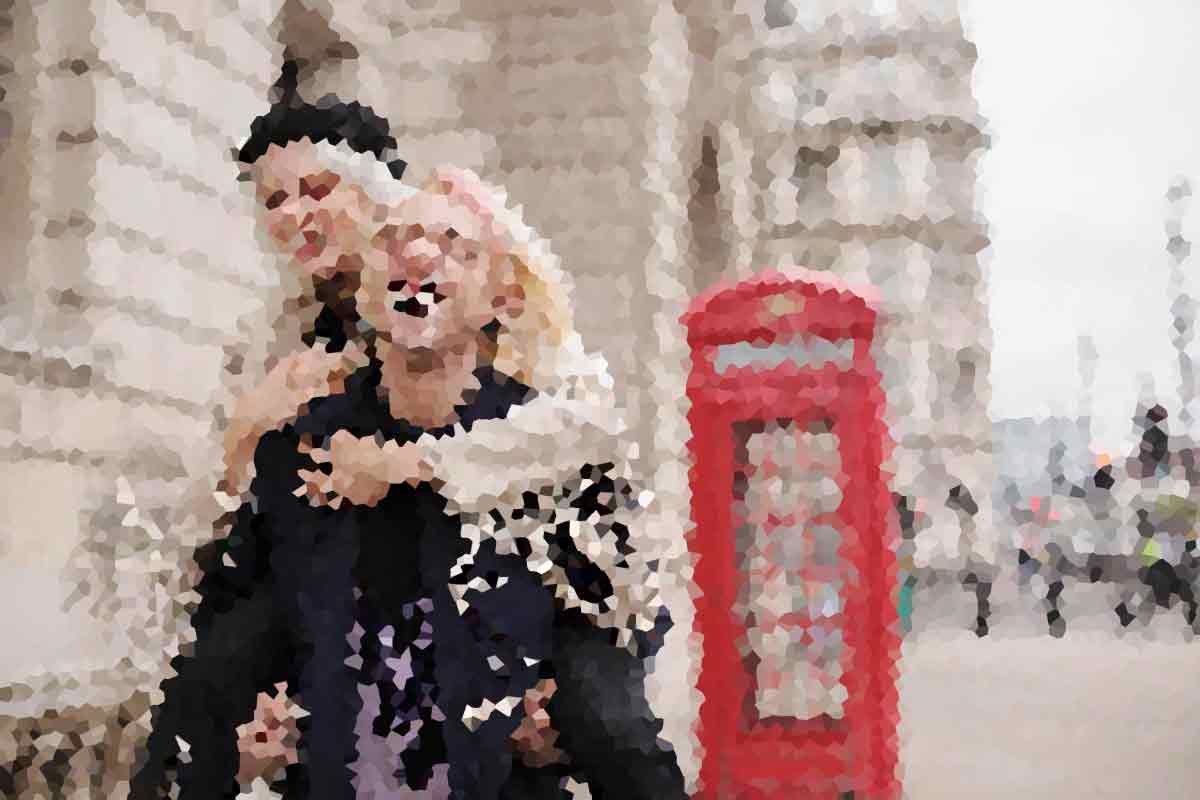Latest
Appreciating Different Genres, History, and Instruments

Good web design has visual weight, is optimized for various devices, and has content that is prioritized for the medium. The most important elements of a web page should have more visual weight to “naturally attract” a visitor’s attention.
Optimization for various types of devices and resolutions plays a fundamental role in modern website design. Web page layouts should be genuinely responsive and not rely on any fixed-size elements. Web designers using fluid grids and flexible images will guarantee that a web page will render well on a variety of devices, windows, and screen sizes.
Good design is making something intelligible and memorable. Great design is making something memorable and meaningful.
Dieter Rams
Most users search for something interesting (or useful) and clickable; as soon as some promising candidates are found, users click. If the new page doesn’t meet users’ expectations, the back button is clicked and the search process is continued.
A good website should be easy to navigate
Not all websites are made equal. Some websites are simple, logical, and easy to use. Others are a messy hodgepodge of pages and links.

Without website navigation, your visitors can’t figure out how to find your blog, your email signup page, your product listings, pricing, contact information, or help docs.
[ruby_related heading=”More Read” total=5 layout=1 offset=5]
Quick and easy access to the content they’re after is more important for your website users than a… visually-stunning design.
Website navigation allows visitors to flow from one page to another without frustration. If you’ve done your job well, visitors leave your site with the intention to return and might even buy something from you or sign up for your email list.
Bad navigation is an especially common problem. We’ve all struggled to find things on disorganized websites without any logical structure. It feels hopeless.
Using “complex large pictures”. Because a carousel generally carries a lot of picture messages, complex large pictures result in low performance and “slow loading rate” of the sites, especially those whose first homepages are occupied by high-resolution carousels.
Creating visual rhythms in your layouts
In design, rhythm is created by simply repeating elements in predictable patterns. This repetition is a natural thing that occurs everywhere in our world. As people, we are driven everyday by predictable, timed events.

One of the best ways to use repetition and rhythm in web design is in the site’s navigation menu. A consistent, easy-to-follow pattern—in color, layout, etc. Gives users an intuitive roadmap to everything you want to share on your site.
Rhythm also factors into the layout of content. For example, you “might have” blog articles, press releases, and events each follow their own certain layout pattern.
Elements that can help website visual composition
Nobody enjoys looking at an ugly web page. Garish colors, cluttered images and distracting animation can all turn customers “off” and send them shopping “somewhere else”. Basic composition rules to create more effective:
- Direct the Eye With Leading Lines
- Balance Out Your Elements
- Use Elements That Complement Each Other
- Be clear about your “focal points” and where you place them
The size and position of elements in a composition will determine its balance. An unbalanced design generates tension, which may be the goal in many design projects, but for web apps that demand repeated comfortable use, tension is not a desirable trait.
Diving into UX and UI design
UX and UI: Two terms that are often used interchangeably, but actually mean very different things. So what exactly is the difference?
Styles come and go. Good design is a language, not a style.
Massimo Vignelli
UX design refers to the term “user experience design”, while UI stands for “user interface design”. Both elements are crucial to a product and work closely together. But despite their relationship, the roles themselves are quite different.
Ensure that interactive elements are easy to identify
Good design guides the user by communicating purpose and priority. For that reason, every part of the design should be based on an “informed decision” rather than an arbitrary result of personal taste or the current trend.

Provide distinct styles for interactive elements, such as links and buttons, to make them easy to identify. For example, “change the appearance of links” on mouse hover, “keyboard focus”, and “touch-screen activation”.
Breaking down the barriers
Design is not the end-all solution to all of the worlds problems — but with the right thinking and application, it can definitely be a good beginning to start tackling them.
Latest
LGBTQ+ individual killed by uncle in Baku
On November 4, on Bashir Safaroglu Street in Baku, a person named Yasin Ibadov was stabbed and killed. It is reported that he was homosexual.
According to information obtained by Meydan TV, the incident was committed by the uncle of the murdered person.
The source stated that Yasin Ibadov was known by the name Ruzgar. He received numerous knife wounds and died at the scene. Witnesses noted that people around did not intervene in the incident and that the police arrived at the scene only after the person who committed the murder himself called. It is also alleged that doctors did not provide the injured person with the necessary medical assistance.
According to the information, the murdered person was from the Shamakhi district. He had lived in Turkey for a long time, but returned to Azerbaijan because his residence period had expired. According to allegations, Yasin Ibadov had been threatened by his cousin since the time he was in Turkey. The uncle who committed the murder had previously also been imprisoned.
The Ministry of Internal Affairs has not yet released an official statement regarding the incident.
Azerbaijan has already been in last place for 9 years among 49 countries in the ILGA-Europe organization’s Rainbow Index on the protection of LGBTQI+ rights.
The Azerbaijani authorities, however, state that no individual’s rights are violated in the country.
Nevertheless, according to ILGA-Europe’s latest index, among 49 European countries, Azerbaijan shares the lowest indicators in the field of LGBTQI+ rights with Russia this year — both countries have a score of 2 percent.
The post LGBTQ+ individual killed by uncle in Baku appeared first on MEYDAN.TV.
Latest
Friday Wrap-up: Ramiz Mehdiyev placed under house arrest, new developments in the NGO case, and lawyer Zabil Qahramanov’s detention sparks concern

This week in Azerbaijan, former Presidential Administration head Ramiz Mehdiyev was placed under house arrest on treason charges, the ongoing “NGO case” drew renewed international criticism, and the arrest of lawyer Zabil Gahramanov reignited debate over pressure on the country’s legal profession.
Former Presidential Administration head Ramiz Mehdiyev placed under house arrest on treason charges
On October 14, Baku’s Sabail District Court ordered four months of house arrest for Ramiz Mehdiyev, former head of the Presidential Administration and ex-president of the National Academy of Sciences of Azerbaijan. According to reports from government-aligned media, Mehdiyev is being prosecuted under Articles 278.1 (actions aimed at seizing state power), 274 (high treason), and 193-1.3.2 (money laundering in large amounts) of the Criminal Code. The investigation is being conducted by the State Security Service (DTX).
Mehdiyev, who served as presidential chief of staff from 1995 to 2019 and later led the National Academy of Sciences until 2022, is one of the most influential political figures in Azerbaijan’s modern history. Shortly after the court’s decision, pro-government outlets published a letter allegedly written by Mehdiyev calling for major reforms in Azerbaijan’s state administration. The letter’s authenticity has not been confirmed, and no official statement has been issued by the Prosecutor General’s Office, the State Security Service, or the Presidential Administration.
Media reports indicate that up to 180 individuals have been questioned as part of the investigation, though their identities remain undisclosed. The same day, the DTX carried out an operation at the offices of Hurriyyet newspaper, Hurriyyet.az, and Hurriyyet TV, detaining editor-in-chief Vugar Mammadov and seizing equipment and documents. The operation is believed to be linked to the Mehdiyev case.
Meanwhile, jailed civic activist Bakhtiyar Haciyev remarked that Mehdiyev now faces the same charges once used against members of civil society. The investigation continues.

International criticism grows over Azerbaijan’s ongoing “NGO case”
The trial of civil society activists accused of financial crimes in Azerbaijan’s so-called “NGO case” continued this week, drawing strong criticism from international human rights organizations.

Among the defendants is civic activist Nargiz Mukhtarova, who faces charges of money laundering, abuse of power, and document forgery. Prosecutors allege that she and several others falsified project documents and laundered more than 150,000 manats in foreign grant money. Mukhtarova rejects the accusations, describing them as politically motivated.
Her case is part of a wider crackdown that has affected more than a hundred activists, journalists, and NGO workers. The controversy deepened after U.S. Congressman James P. McGovern, Co-Chair of the Congressional Human Rights Commission, sent a letter to President Ilham Aliyev urging the government to drop the charges against Mukhtarova and release her husband, journalist Farid Mehralizade of Radio Liberty, who remains imprisoned. McGovern warned that the charges appeared to be retaliation for U.S.-funded independent reporting and highlighted the humanitarian toll on the couple’s one-year-old daughter.
Human rights organizations view the “NGO case” as part of a broader effort to restrict independent civic activity. Critics argue that the government’s use of financial and administrative prosecutions against NGOs is intended to suppress dissent and discourage cooperation with international partners. McGovern’s letter has reignited calls from global rights groups for Azerbaijan to end politically motivated prosecutions and uphold freedoms of expression and association.
Lawyer Zabil Gahramanov’s detention raises concerns over pressure on legal professionals
Azerbaijani lawyer Zabil Gahramanov was detained by police in Ganja shortly after his six-month suspension from the Bar Association.
Authorities accuse him of injuring a man during an altercation at a car wash in Goygol on October 23. His arrest, however, has drawn public concern that the charges may be politically motivated and linked to broader pressure on independent lawyers.

Gahramanov is known for defending clients in politically sensitive cases, including Ilkin Suleymanov, the defendant in the high-profile Narmin Guliyeva murder case. His suspension reportedly followed a disciplinary investigation triggered by his social media criticism of Ganja police. Rights groups note that disciplinary actions against lawyers in Azerbaijan frequently coincide with public criticism of law enforcement, raising concerns about violations of freedom of expression and professional independence.
On October 28, the Ganja Court of Appeal upheld Gahramanov’s three-month pretrial detention. He faces charges under Articles 221.2.2 (hooliganism) and 178.2.4 (fraud causing significant damage) of the Criminal Code. Human rights advocates see his case as part of a continuing pattern of intimidation against lawyers representing politically active citizens. They warn that such actions undermine the independence of the legal profession, erode public trust in the justice system, and contradict international human rights standards.
The post Friday Wrap-up: Ramiz Mehdiyev placed under house arrest, new developments in the NGO case, and lawyer Zabil Qahramanov’s detention sparks concern appeared first on MEYDAN.TV.
Latest
The hidden hand behind “Baku TV” and “Report” – Adnan Ahmadzade

In Azerbaijan, media outlets that are directly controlled and financed by the government regularly target independent media organizations such as AbzasMedia, Toplum TV, Meydan TV, and others by publishing reports during ongoing investigations that accuse them of smuggling. These outlets share information that can only be obtained through the investigation process, presenting it as evidence, and conduct smear campaigns against those individuals.
However, according to the law, the dissemination of such information during an ongoing investigation is prohibited. Even witnesses questioned in these cases are required to sign a “Non-Disclosure Agreement” to ensure that the secrecy of the investigation is maintained.
Among the channels producing such reports, Baku TV stands out. We investigated where this channel gets its funding and who controls it.
The first claim came from a pro-government journalist
Tural Museyibov, a well-known pro-government journalist and former head of press services at several Azerbaijani state institutions, has made interesting claims about the supermarket chain Bolmart, its owner Adnan Ahmadzade, and Baku TV.
He stated that Bolmart is known to be associated with Adnan Ahmadzade, just like the Rahat Market chain.
“I want to mention one fact. When I used to work at Baku TV, I once shared a critical report about Bolmart without knowing its background. The management called me and said, ‘That belongs to us.’ They stopped the report from airing. This shows that Bolmart is indeed linked to Adnan Ahmadzade,” said Tural Museyibov at the end of his video.
Who owns the Rahat and Bolmart market chains?
According to financial reports published in open sources, the sole shareholder of Bolmart LLC is a company called Pro-Mart LLC. As of December 2022, Pro-Mart had two shareholders: AZ Fast Moving Business LLC and Unitrade Group LLC.
Since information about company founders and shareholders has been classified as a commercial secret under Azerbaijani law since 2012, Meydan TV was unable to determine the real owners of these companies.
However, photos on Bolmart’s official website show Adnan Ahmadzade as the key figure at the opening of the company’s Nakhchivan branch. Additionally, the Report News Agency has featured him together with another supermarket chain, Rahat Market.
According to Rahat Market’s official website, the chain belongs to ANC Group LLC. The founder of ANC Group LLC is officially listed as Adnan Azer oglu Ahmadzade. The Port Baku Bazar supermarket also belongs to this group. Ahmadzade is additionally the founder of the CarsCharge charging station network.
Reminder about Adnan Ahmadzade
Sentyabrın 20-də SOCAR-ın rəhbər vəzifələrində çalışmış, neft maqnatı sayılan Adnan Əhmədzadə barəsində Səbail Rayon Məhkəməsi 4 aylıq həbs qətimkan tədbiri seçdi. DTX-nın apardığı cinayət işi çərçivəsində A.Əhmədzadə iqtisadi təhlükəsizliyə qarşı təxribat və xüsusilə külli miqdarda mənimsəmədə ittiham olunur.
Cinayət Məcəlləsinin müvafiq maddələrinə görə, xüsusilə külli miqdarda mənimsəmə 10 ildən 14 ilədək azadlıqdan məhrumetmə ilə cəzalandırıla bilər.
Adnan Əhmədzadə istər Azərbaycan, istərsə də xarici mediada bahalı və lüks həyat tərzi ilə tanınır.
A.Əhmədzadənin Azərbaycan, Türkiyə, Malta, İspaniya, İngiltərə, Birləşmiş Ərəb Əmirlikləri və Luksemburqda bir neçə şirkəti mövcuddur. Şirkətlərin böyük əksəriyyəti neft-qaz sektoru ilə əlaqədardır.
Əhmədzadə Azərbaycanın neft sənayesinin inkişafındakı xidmətlərinə görə 2015-ci ildə Prezident İlham Əliyev tərəfindən “Tərəqqi” medalı ilə təltif olunub.
Əhmədzadə 2006-cı ildən SOCAR-ın Marketing və İqtisadi Əməliyyatlar İdarəsinin rəisi olub, “SOCAR-Trading”ə rəhbərlik edib.
Araşdırmaçı jurnalistlər Adnan Əhmədzadə və ailəsinin sərvətinin Azərbaycan neftindən əldə olunan qeyri-qanuni gəlirlər sayəsində əldə etdiyini bildirirlər.
Who owns and runs Baku TV?
Although Baku TV was founded in 2018 by blogger Orkhan Aliakbar oglu Mammadov, its current director is Ramin Natig oglu Jafarov, who previously headed a department at Space TV. However, the person who actually manages and oversees the channel is Elnur Nazim oglu Abdullayev.
In official documents, Baku TV is listed under Global Media Group LLC. The current legal representative of Global Media Group is also Elnur Abdullayev. Media outlets within Global Media Group include Baku TV, Haber Global, Report News Agency, Media.az, Oxu.az, Baku.ws, Caliber.az, and Kaspi Newspaper.

In the press, Elnur Abdullayev is known as an associate of former Transport Minister Ziya Mammadov. In 2015, he was appointed head of the State Road Transport Service of the Ministry of Transport by Ziya Mammadov’s order. Before that, Abdullayev was the General Director of the Intelligent Transport Management Center LLC.

In 2020, Abdullayev was awarded the Honorary Diploma of the President of the Republic of Azerbaijan by President Ilham Aliyev for his contributions to the development of mass media in the country.
Elnur Abdullayev is known to be one of Adnan Ahmadzade’s closest friends. Orkhan Mammadov also has close ties with Ahmadzade. These relationships are visible in their Instagram accounts.

A little about report…
Although Report claims to be an independent news agency that quickly delivers the most important events in the country to its readers, it did not share any information or news about one of the most high-profile events, the detention and arrest of Adnan Ahmadzade, even though it was covered by international and local media outlets.
Previously, even pro-government media sources reported that Report News Agency was created with investment and support from SOCAR, the State Oil Company of the Republic of Azerbaijan.

The post The hidden hand behind “Baku TV” and “Report” – Adnan Ahmadzade appeared first on MEYDAN.TV.
-
Politics3 weeks ago
Normalization between Azerbaijan and Armenia: Pashinyan praises Aliyev, meeting held in Yerevan
-
Politics1 month ago
Aliyev meets Pashinyan in Copenhagen
-
Politics4 weeks ago
Russia revokes citizenship of Azerbaijani diaspora leader Islam Huseynov
-
Politics2 months ago
Aynur Elgunesh’s film included in the program of three international festivals
-

 Business2 months ago
Business2 months agoHead of OSCE PA delegation: Elimination of Minsk process is another diplomatic success
-

 Politics2 months ago
Politics2 months agoFriday Wrap-Up: Nurlan Libre’s detention extended, Ismayil Taghiyev declared undesirable, exiled blogger sentenced to 6 years
-
Business2 months ago
Travel Tomorrow: Resumption of Baku-Aghdam railway route – symbol of large-scale revival of region
-
Politics1 month ago
Putin to Aliyev: “I hope relations between Moscow and Baku will continue in the spirit of alliance”





